Tokina 11-16mm f/2.8 DX II Ultra Wide Angle Lens Review
The Tokina 11-16mm f/2.8 II lens is currently my favorite ultra-wide angle lens for crop-sensor photography. This review features real-world photos shot with the lens, a comparison to its primary (Sigma) rival, and my thoughts on whether the lens is worth the money.
With an aperture of f/2.8, it’s fast enough to use hand-held at night or in low light situations (like interior architecture, or for Disney dark ride photography), and its image quality is stunningly sharp while barrel distortion is minimal. At 11mm, it’s incredibly wide, although not quite as wide as some of its competitors.
Before we get into the meat of the review, let’s cover some basics. The Tokina 11-16mm f/2.8 DX II is a rectilinear lens, as opposed to a fisheye lens like the 8mm fisheye I previously reviewed, meaning that straight lines stay straight with this lens. There can be distortion in photos taken with this lens, but it’s great for architecture and landscapes.
As is typical with almost all ultra-wide angle lenses, the Tokina 11-16mm has a very large depth of field, even at smaller apertures, meaning that objects in the distance behind your subject are usually going to appear just as sharp as your subject itself.
So, who does this lens best-suit? Well, every photographer, really. I’d say an ultra-wide angle lens is one of the first lenses you should add to your camera bag after upgrading from a kit lens to a faster walk-around lens like the Sigma 18-35mm f/1.8.
Ultra-wide angle lenses are especially great for architecture and landscape photography, but have myriad uses beyond those types of scenes. With that said, due to the lens’ 1 foot minimum focus distance, you can achieve what I call “ultra-wide angle closeups” where you get close as close as possible to your subject for maximum distortion. When you do this, if you’re using an aperture of f/2.8, you will achieve some background bokeh.
In terms of who the lens is not for, essentially anyone wanting an “all in one” superzoom lens so they can carry a light camera bag on vacation. If you’ve read my Tamron 17-55mm f/2.8 review or my 8mm Fisheye Lens Review, you probably know that I’m not that type of person. There are a lot of people who do exactly that, especially on vacation.
I can’t say I necessarily disagree with this, but I’m not looking to travel light or have a one (or even two) lens camera bag. So if that’s your style of shooting, my recommendations probably won’t be that useful to you.
Besides photos of architecture and photos with perspective distortion, the other primary use of an ultra-wide angle lens is simply “getting more stuff in the shot.” While this type of photo offers appeal, overuse can be one of the pitfalls of the ultra-wide angle lens.
This is because you end up with a lot of photos that simply have more crammed into them, and lack layering of a definite subject. This type of photo is often characterized by large empty areas of sky or ground. There are certainly a lot of other creative uses for the ultra-wide angle lens, but it’s certainly a specialty lens.
All of this is really tangential to the point of this post, though: the strengths and weaknesses of the Tokina 11-16mm f/2.8 II lens. Let’s start with its greatest strength: sharpness. It’s ridiculously sharp.
It is sharp across the entire frame once you stop down to around f/4, and it’s sharp in the center even when wide-open at f/2.8. Now, at f/2.8, you will have a bit of corner softness, but this is really par for the course with any ultra-wide angle lens that is not the Nikon 14-24mm f/2.8 (for full frame cameras), which costs three times the price.
Otherwise, you will have no complaints about sharpness here whatsoever. Aside from its 11mm wide angle view, sharpness at wide open apertures is going to be a significant part of the appeal for the Tokina 11-16mm f/2.8.
As far as image quality goes, vignetting isn’t much of an issue nor are chromatic aberrations. I’ve only really ever noticed chromatic aberrations (on rare occasion) in the corners of the frame.
I shoot into the sun a lot, so one of my biggest concerns with any lens is how it handles flare. Normally, this lens has no issue with flare. When shooting directly into the sun, there are some flare issues and sunspots due to the lens coating, but these are mostly correctable in Photoshop by using spot removal.
When stopped down, the sunbursts that I get are sharper “rays,” which aren’t my favorite type, but your mileage may vary on that as it’s personal preference. I know not everyone shoots into the sun like me, so this may be a non-issue to you.
As I touched upon above, a huge advantage of the Tokina 11-16mm is the f/2.8 minimum aperture. The importance of this aperture really cannot be understated.
There’s a reason pros favor f/2.8 lenses–it’s because they allow more control over depth of field, not stopping down as much to achieve maximum sharpness, and handheld photos in darker conditions. With ultra-wide angle lenses, the depth of field control isn’t such a big deal.
However, with interior architecture, or other low-light photography (such as Disney dark rides), handheld photos in darker conditions is a huge benefit.
I’ve used this lens on dark rides to great success (like for the Spaceship Earth and Buzz Lightyear’s Spaceranger Spin photos below and above), which is something you can’t even consider with most wide angle lenses, and to capture photos at night (like the one above of the Main Street Electrical Parade) without a tripod.
Another big advantage of the Tokina 11-16mm f/2.8 that some other ultra-wide angle lenses don’t have is that it can accept filters. While some filters produce uneven results on ultra-wide angle lenses, I like being able to use a neutral density filter on my ultra-wide angle lenses (I rarely use polarizing filters).
Neutral density filters are really useful for creative photography and fireworks photography, so if you don’t own any, they’re worth checking out. (Here’s my neutral density filter overview.)
For me, these are the two biggest advantages of the Tokina 11-16mm after its image quality. They more than offset its biggest drawback, which is that it’s only 11mm on the widest end.
Now, compared to a normal 18-55mm kit lens, this is a huge difference. If you’ve never used a wide angle lens, you’ll be shocked by just how much wider it is.
The other strengths of the Tokina are its exceptional metal build quality, with well-built rubber focus and zoom rings. It also includes a sturdy lens hood, and all in all, the lens is decidedly well built.
It certainly feels much better than the normal kit lens–like it will last for years. Beyond that, the auto-focus is incredibly fast, and the new Tokina 11-16mm f/2.8 version II will autofocus with entry level Nikon cameras (so if you’ve read other reviews that say it won’t, disregard those–that was the old version of the lens!).
So, what about the competition? I’ve owned three other ultra-wide angle lenses for crop sensor cameras. Those are:
Out of the four lenses, I’d rank the Tokina #1, the Sigma #2, the Nikon 10-24 #3, and the Nikon 12-24 #4. The Tokina has all of the strengths discussed above that don’t really need to be iterated here.
The Sigma takes the #2 slot because of the extra 3mm it has on the wide end. On the other hand, the Nikon 12-24mm is a bit of a non-factor as it’s more expensive, less wide, and slower. It does have more overall range than the Tokina, but I rarely (very rarely) use the long end of ultra-wide angle lenses. In fact, well over 50% of my photos with my ultra-wide angle lenses are taken at their widest focal length.
Additionally, the high prices on both of the Nikon lenses (and similar Canon lenses) make them choices I don’t really recommend–the options from Tokina and Sigma are too strong to pay the premium for the first party lenses.
In my opinion, you should look less at overall range and focus mostly on the widest end when considering ultra-wide angle lenses. This cannot be emphasized. This is something that ultimately bodes pretty well for the Sigma 8-16mm. Its weaknesses, however, are that it’s slower (f/4.5-5.6) than most ultra-wides, it doesn’t accept filters, and its focus is a little slow. The fact that it’s 8mm on the wide end makes up for those faults, though.
The difference between 8mm and 11mm may not seem like much, but it is. 8mm offers quite a bit more in terms of field of view. I am crazy about my wide shots, so this was enough for me to justify owning both. It may not be as big of a deal for you, especially since the Sigma 8-16mm doesn’t accept filters and doesn’t offer an f/2.8 aperture. Or, the 8mm may be a bigger deal to you than the filters and the f/2.8 aperture.
The Sigma also has amazingly little distortion and is very sharp. Although I couldn’t compare the Nikon 10-24 and 12-24 side-by-side, the 10-24mm seemed a little less sharp, but its lower price (still more expensive than the Sigma or Tokina, though) moved it to the #3 spot. It also accepts filters and is 1mm wider than the Tokina, which is nice, but the f/2.8 of the Tokina is nicer. Both control distortion well, and I think the Tokina is sharper. The top three lenses on this list are close to one another in terms of how much I like them.
Ultimately, for me it would come down to the Tokina 11-16mm and the Sigma 8-16mm. If you’re debating between the two, it’s really a personal preference. Both lenses are quite sharp (the Tokina is marginally sharper), and really capable lenses. If you want something wider, go with the Sigma 8-16mm lens. If you want an f/2.8 lens for creative purposes or because you’ll be shooting handheld in lower light, the Tokina is the better option.
All told, is this lens worth purchasing? My answer is an emphatic YES! With its sharpness, f/2.8 aperture, ability to accept filters, relatively low price-point, and exceptional build quality, I think the Tokina 11-16mm f/2.8 II is the best all-around crop sensor ultra-wide angle lens on the market. For me, the Tokina 11-16mm’s biggest fault is that it’s “only” 11mm, but most people probably won’t miss the added wideness, especially given the other benefits of this lens. (I’m just an ultra-wide angle fiend.) The quality of this lens makes it a good investment (in fact, it costs more now than it did when I purchased it several years ago) and one that you should hesitate to buy if you’re in the market for a wide angle lens.
Want to learn more about photography to take great photos in the Disney theme parks and beyond? The best place to start is Tom’s Ultimate Disney Parks Photography Guide, which covers a variety of topics from links to tutorials, tips, and tricks to recommendations for point & shoots, DSLRs, lenses, and more!
If you do want to purchase new photography equipment, we recommend purchasing from either Amazon or B&H Photo. These two stores are where I purchase all of my photography gear. Plus, using those links and buying from them helps support this blog.
For other photography equipment recommendations or photography tips in general check out a few of my top photography blog posts:
Best Books for Improving Your Photography
5 Indispensable Tips for Better Vacation Photos
Choosing the Best Travel Tripod
Choosing the Best Camera Bag for Travel
If you enjoyed this post or found it helpful, we’d really appreciate it if you’d share it via social media. We put a lot of work into making this site a helpful planning resource, and hope it’s useful to you! 🙂
Your Thoughts…
Do you own the Tokina 11-16mm f/2.8 lens? Interested in it, or do you prefer another ultra wide angle lens? Share your thoughts in the comments!
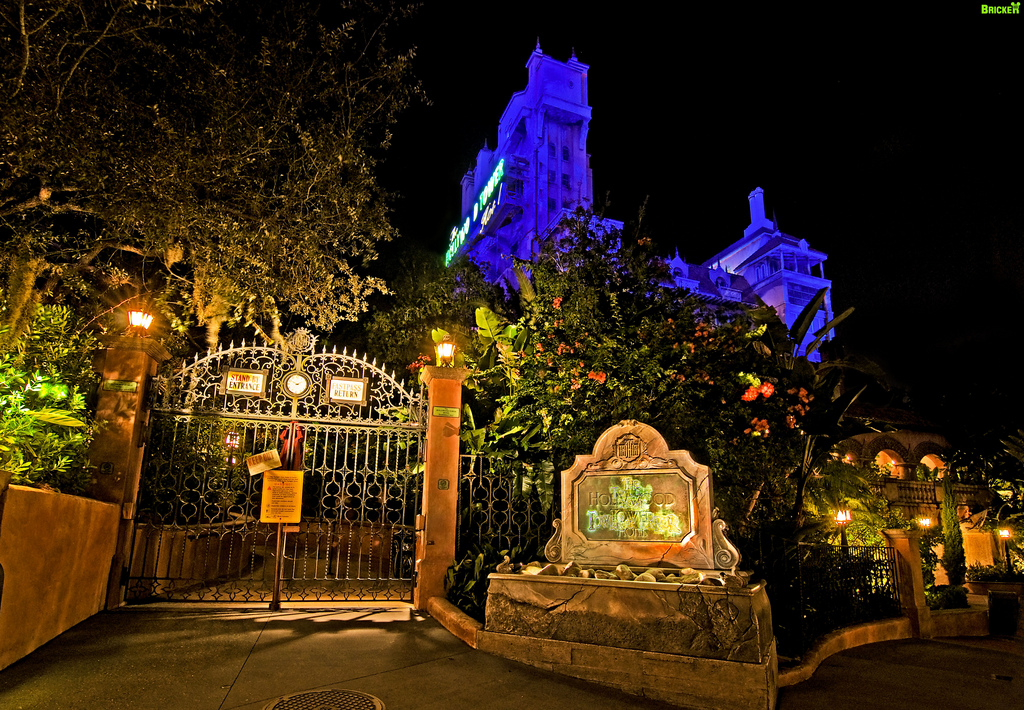
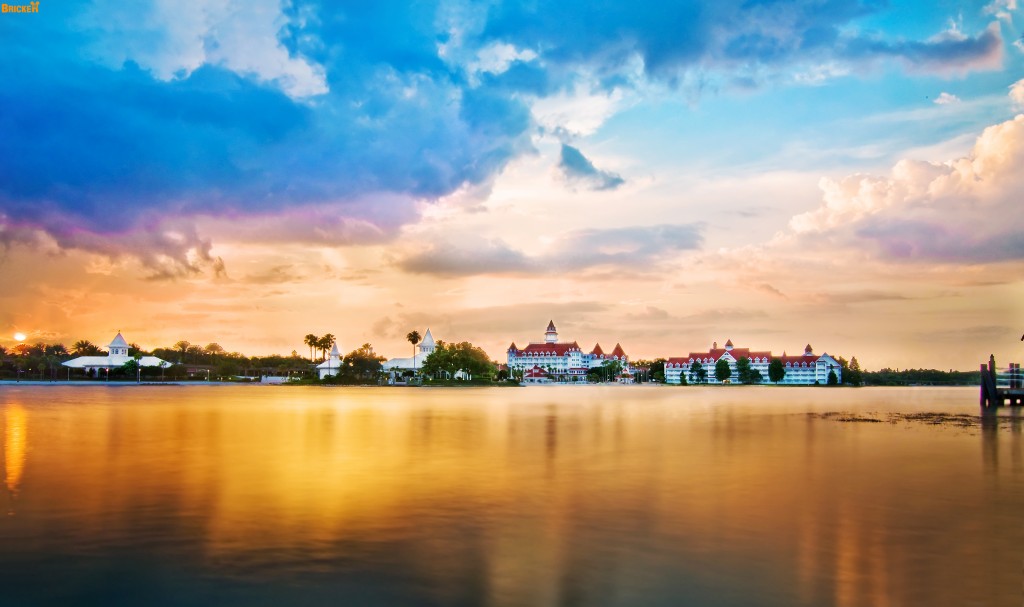
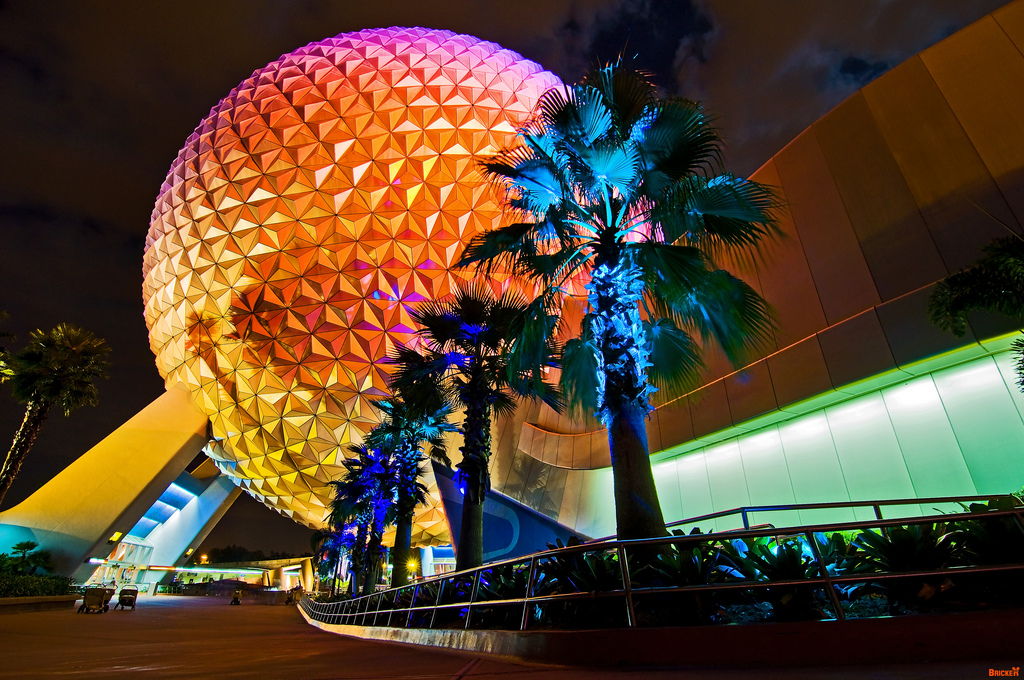
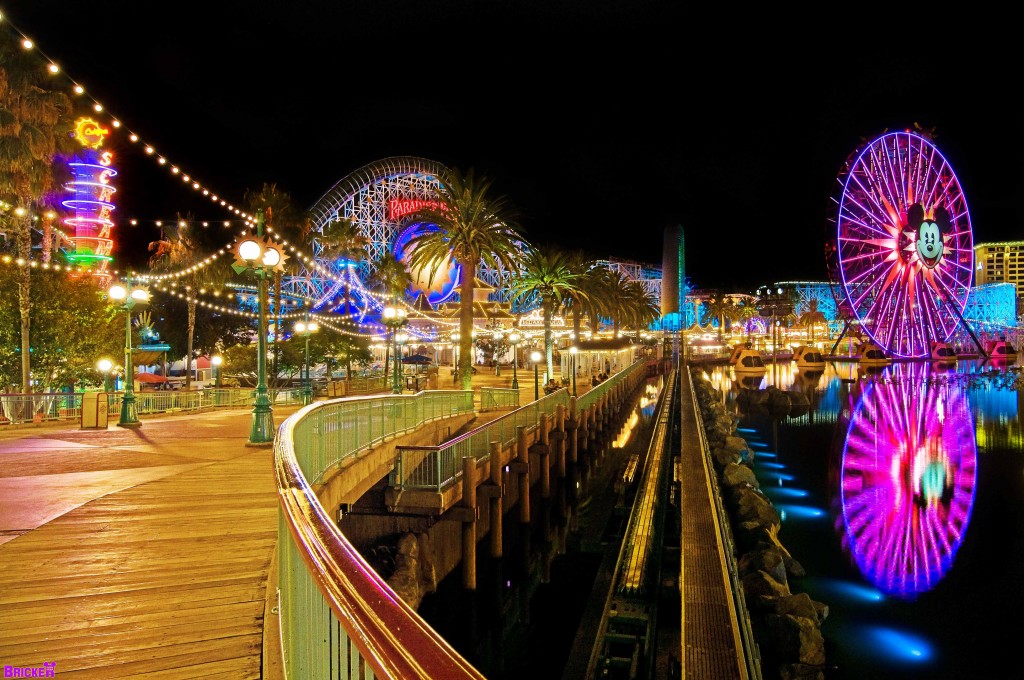
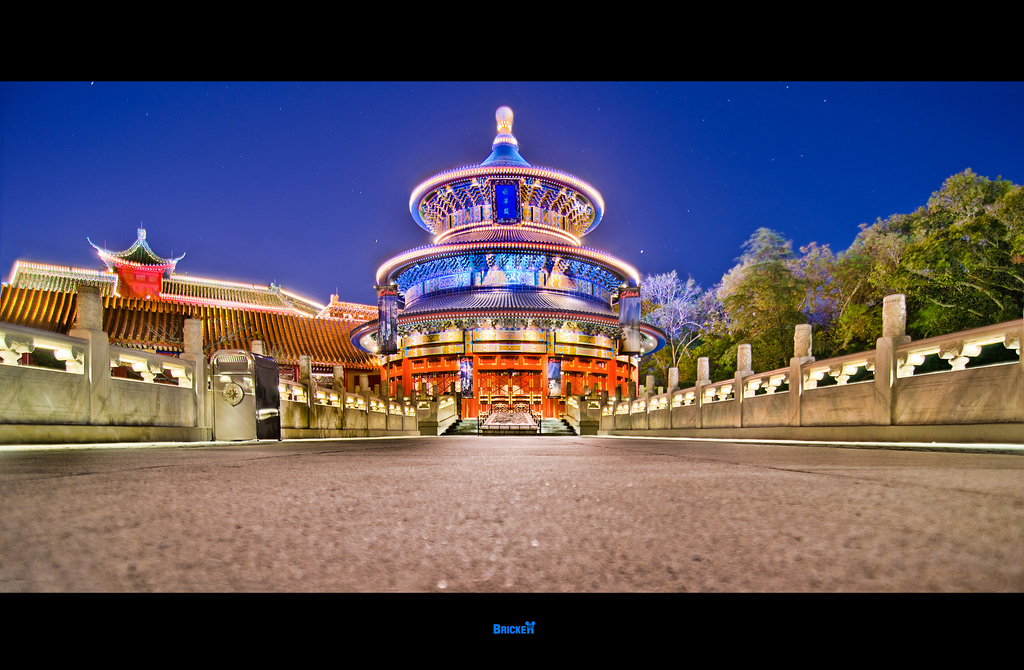
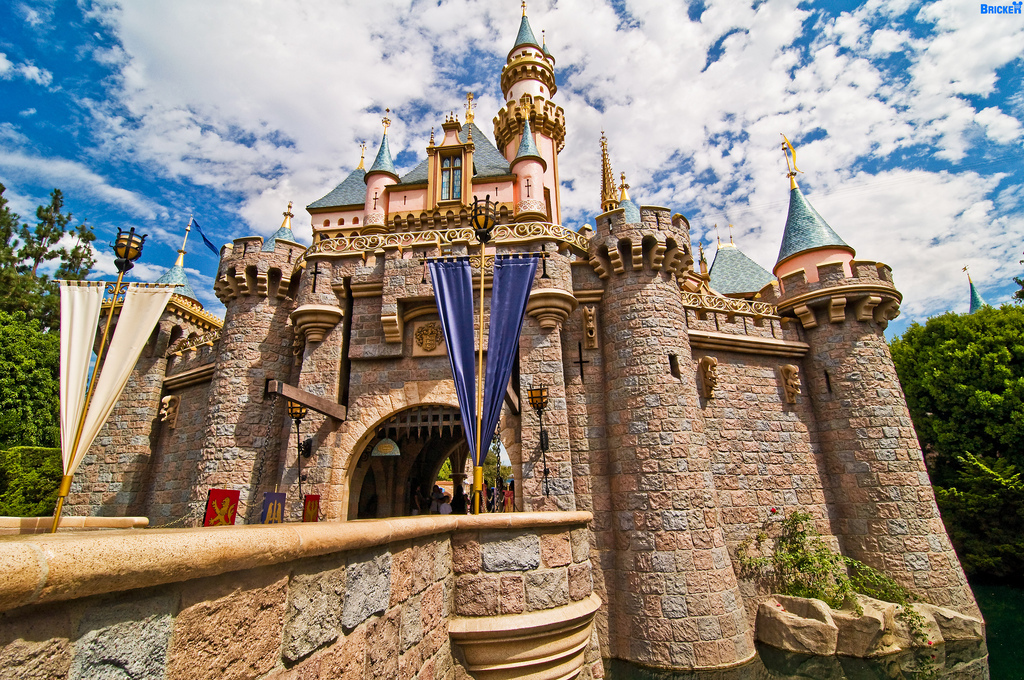
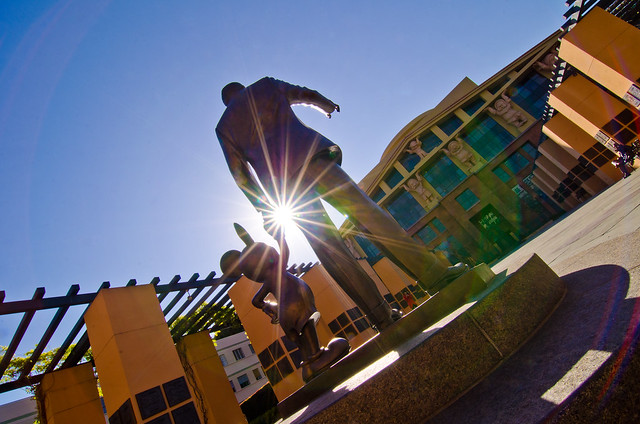
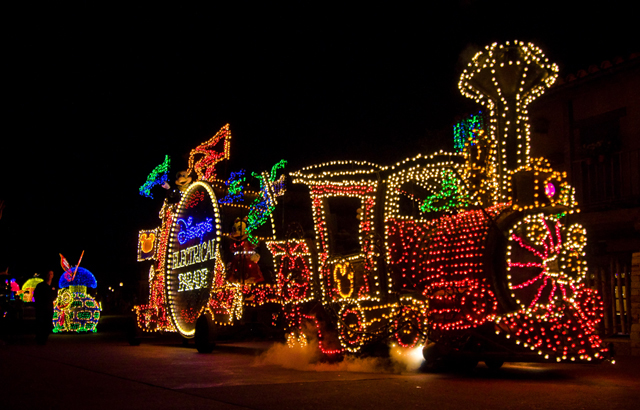
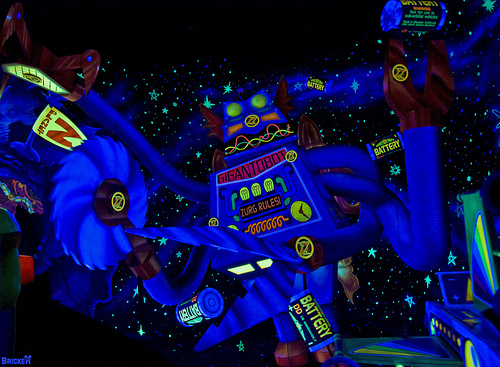
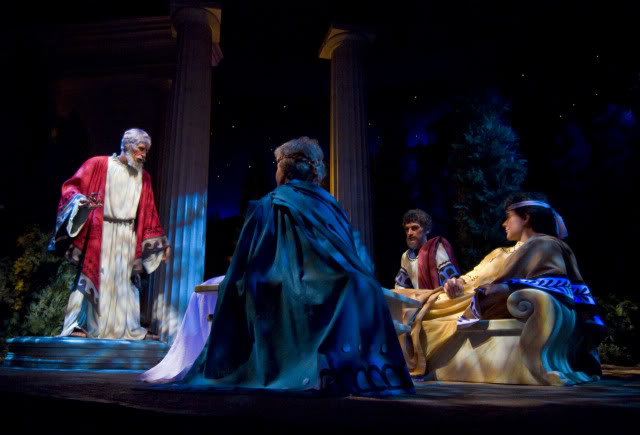
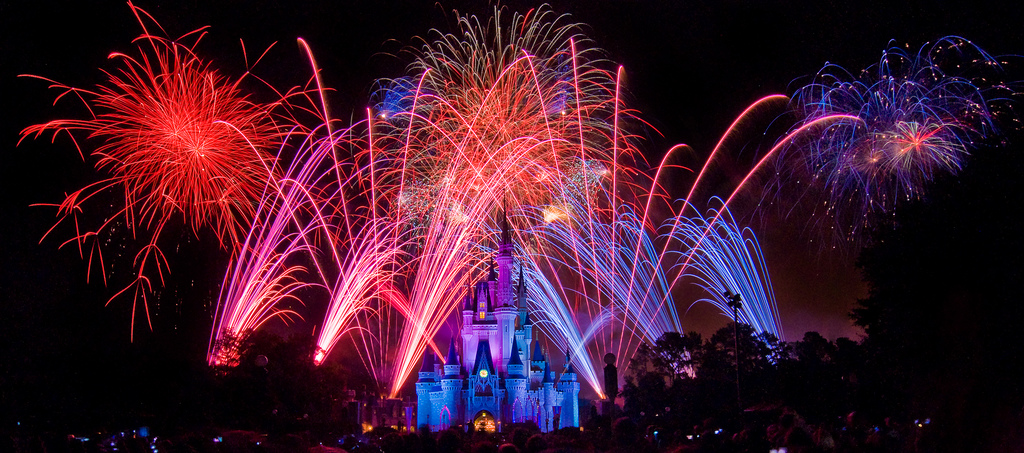
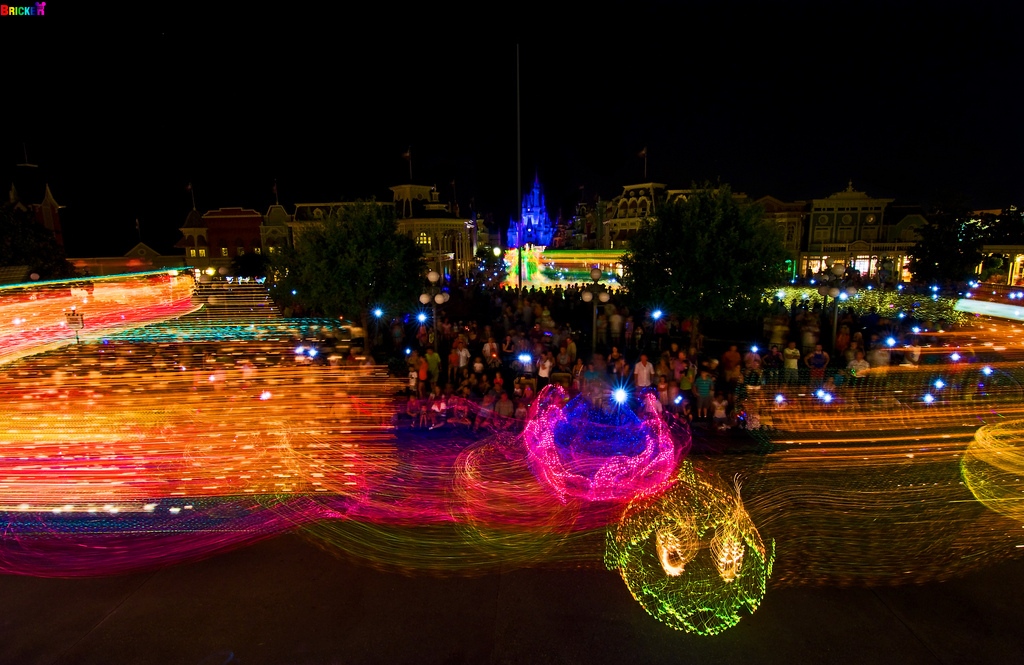
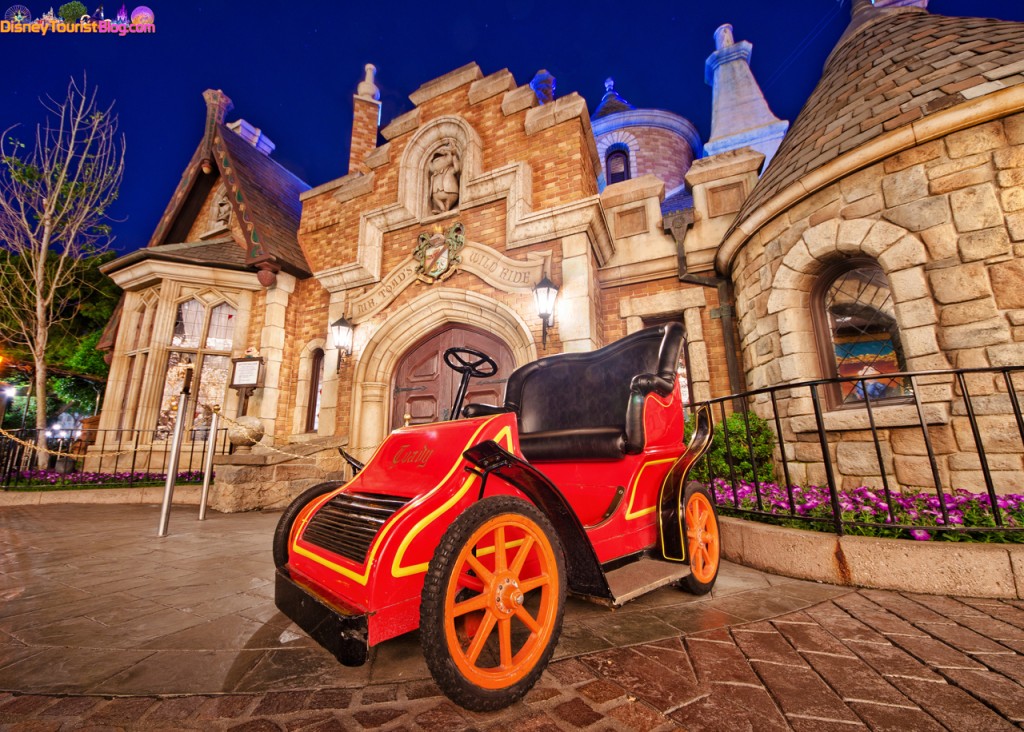
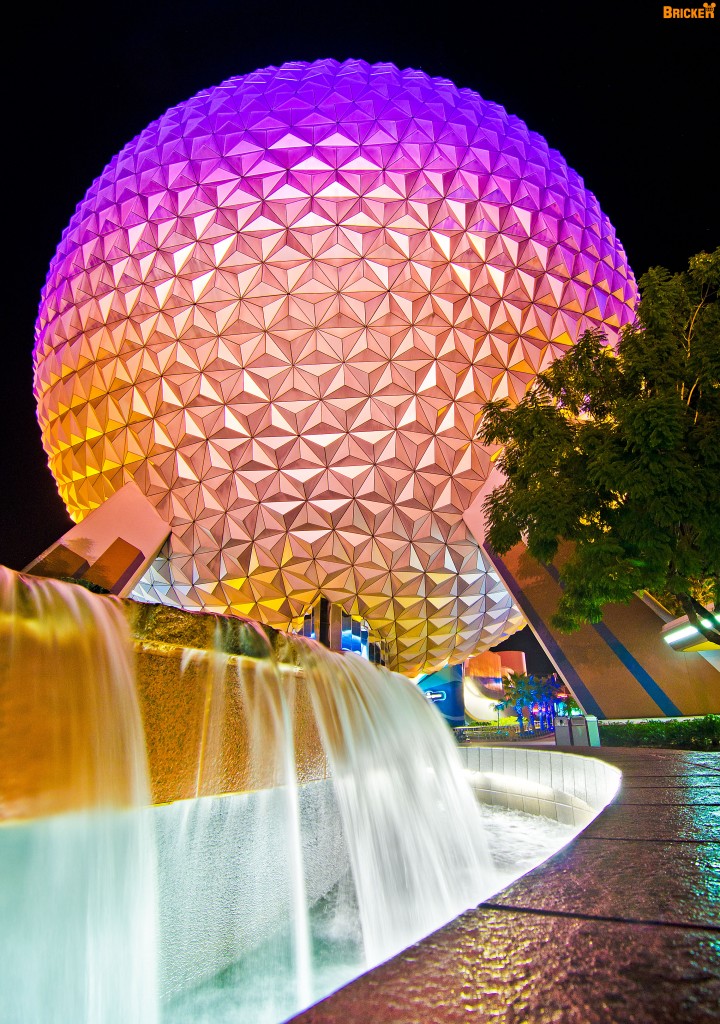
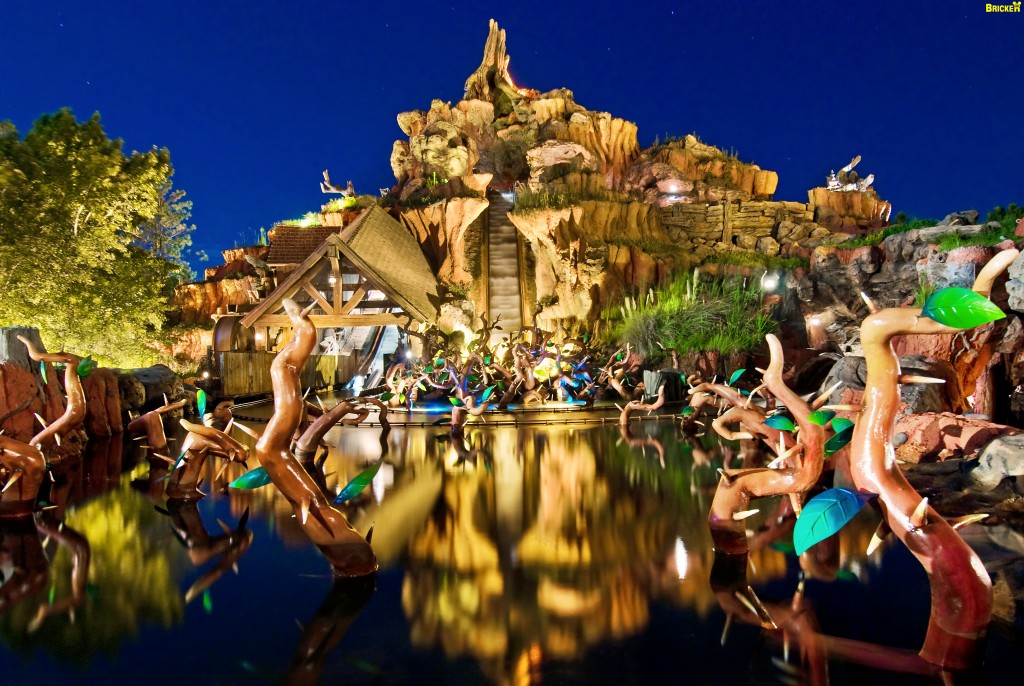
Is the Tokina 11-16mm still a good lens? Or is the newer Tokina 11-20mm a better choice for IQ? I just switched from Canon to Nikon D7500.
I can’t upgrade our camera and buy a lens. I have a Nikon D5200 and was wondering if you would recommend this lens? I finally have the ability to upgrade our lens and I’m looking for a versatile lens to be able to use at Disney World for indoor and outdoor photography. I want to be able to take beautiful sharp photos. Don’t get me wrong I love a buttery soft bokeh. I can only buy one lens and I am struggling with which one to purchase. At first I was completely sold on the Sigma 30mm f/1.4 that you reviewed but then it is no longer available brand new. I have had HORRIBLE experience buying used equipment being damaged, broken, or extremely used and in disarray. I would love professional advice since I just started using a SLR since my 1968 SLR 35mm film camera.
Hi Tom,
Just wondering if you’ve heard anything about the Tokina 11-20mm f/2.8?
I’m not able to see when any of these (amazing) posts were made but I haven’t been able to locate an 11-16 through any of the major camera shops (Toronto/Canada). My guess is the 11-20 was made as a replacement to the 11-16?